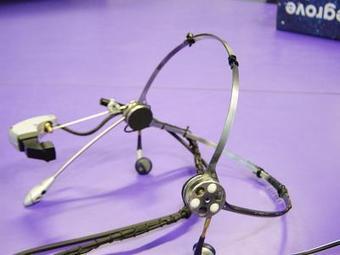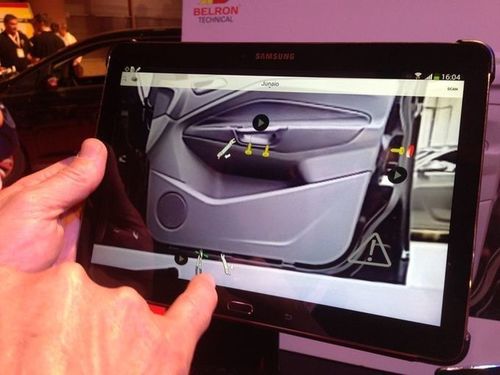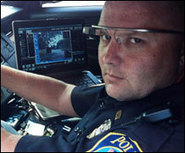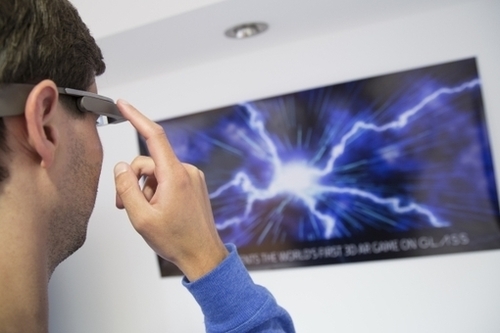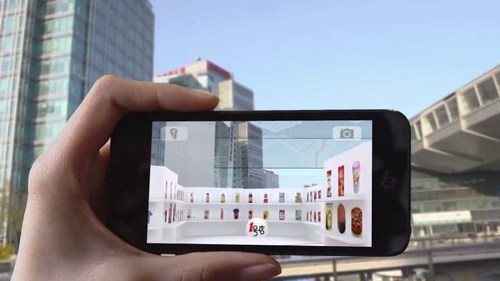Altro che Google Glass, Dyson ideò gli occhiali per la realtà aumentata nel 2001
See on Scoop.it – augmented world
I Google Glass probabilmente rivoluzioneranno il prossimo futuro. Ma se 13 anni fa Dyson, il gigante degli aspirapolvere, non avesse accantonato il progetto ‘Halo’, forse oggi quel futuro sarebbe presente.
Perché nel 2001 prese vita il progetto "n066", occhiali per la realtà aumentata dotati di display a colori e 3D, collegati via cavo a un computer portatile dalle dimensioni di un walkman che andava in tasca. L’effetto ottenuto dalla proiezione sul vetro era quello di uno schermo da 10 pollici lontano circa un metro, sul quale venivano inviate informazioni pertinenti con l’ambiente circostante. Grazie all’evoluzione tecnologica e alla miniaturizzazione, nel 2011 Google ha potuto inserire i circuiti all’interno dello stelo degli occhiali e offrire connettività senza fili. Ma il concetto sviluppato da Dyson è rimasto lo stesso a distanza di oltre 10 anni.
See on www.adnkronos.com

